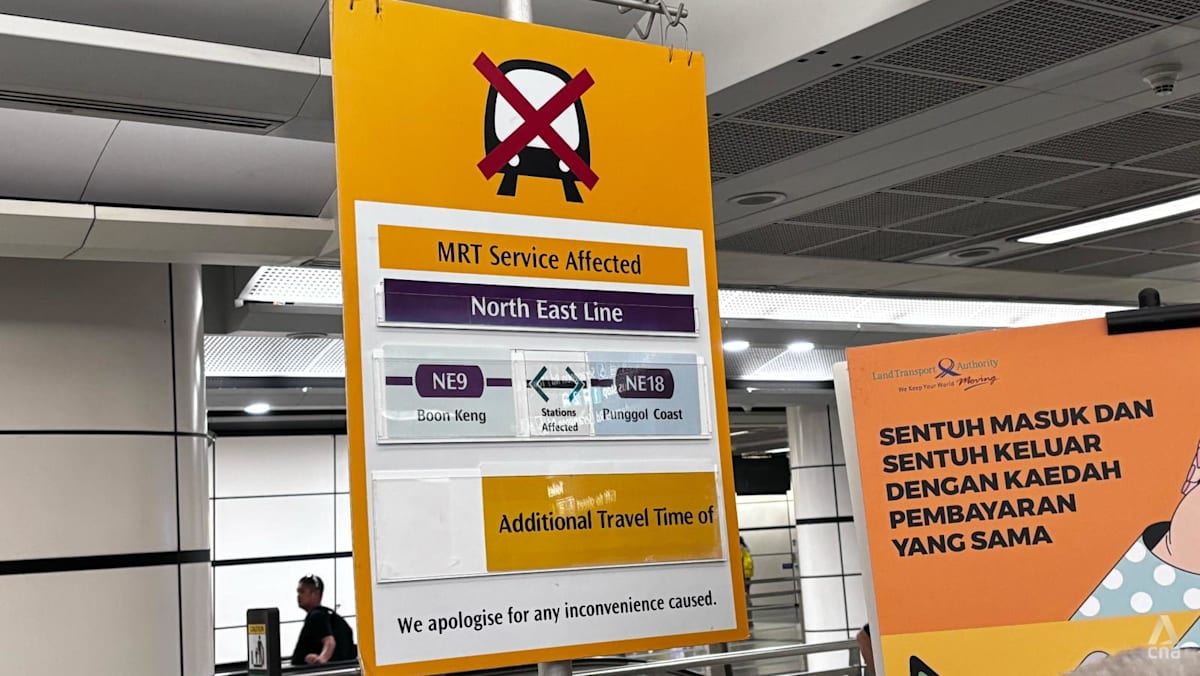THOMSON-EAST COAST LINE
The transport authority added that it would start publishing the MKBF performance and number of delays lasting more than 30 minutes for the Thomson-East Coast Line (TEL) from this edition of the report.
“While MKBF provides a reasonable indicator for reliability of mature rail lines, its limitations can make it less reflective of the reliability of a newer line,” said LTA.
“A newer rail line in its early stages tends to operate significantly lower mileage, as the overall line is shorter, and given relatively lower ridership, trains are not being operated at more typical frequencies.
“In addition, the operation of new lines, especially lines that are still undergoing construction and extension, will take time to stabilise.”






